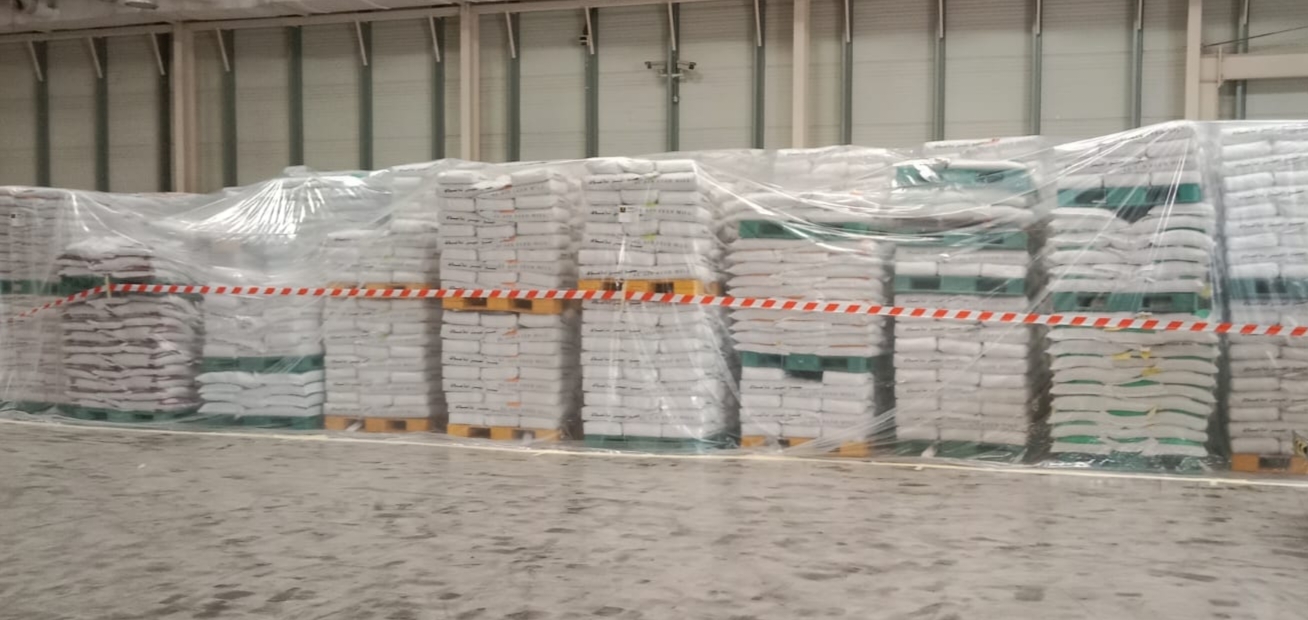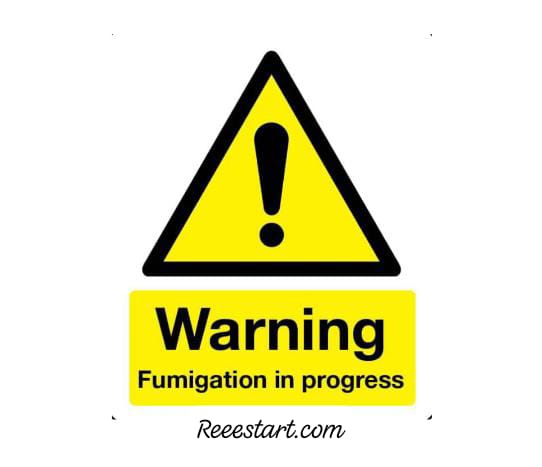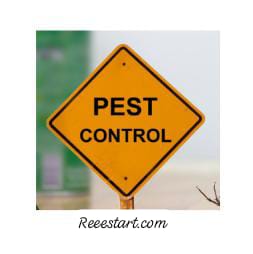The appropriate chemical control method for pests in stored grains and foodstuffs is fumigation. It is used to control pests in grain storage facilities and silos, as well as in containers of foodstuffs on ships. It is important to note that fumigation is one of the most effective methods of controlling pests in storage facilities, and it is very beneficial for treating grains infested with storage insects.
Fumigation for pest control
However, Fumigation for pest control is a technical and very dangerous process that requires experience and extreme care to avoid damage, poisoning, or even death due to misuse.
- Fumigation is cost-effective and has a high ability to penetrate bulk grains or grains packaged in bags stacked on top of each other or inside building cracks.
- It kills pests at all stages, including those present inside the grains themselves.
- One of its drawbacks is that it does not prevent re-infection unless all integrated pest management (IPM) methods and measures are taken to prevent it.
- This method is used in all grain storage locations, whether in silos, warehouses, rooms, under tents in fields, commercial ship containers, or freight trains.
IPM and fumigation for pest control
Integrated pest management and fumigation procedures for pests in storage facilities follow the following steps:
Inspection and monitoring
- Where do pests hide? How many are they? What are they?
Preventive measures
- Make sure entrances and exits are properly closed and do not allow pests to enter.
- Ensure there are no cracks or crevices that provide shelter for pests, among other maintenance, sanitation, and cleaning measures to control grain pests.
Chemical control measures and fumigation processes
These are carried out according to the following steps:
- Install bait stations for rodents outside the storage building and place suitable bait with anticoagulants, preferably second-generation anticoagulants (bromadiolone, difenacoum, etc.).
How to apply fumigation process
Use aluminum or magnesium phosphide, foskine, methyl bromide, or any other fumigant used in fumigation.
- Utilize personal protective equipment (PPE).
- Have more than one person present during fumigation as a precaution for emergencies.
- Close all entrances, exits, and openings properly.
- Place warning signs at entrances.
- Distribute the fumigant according to the required dose based on the level and type of infestation and the storage area.
- Notify facility owners of the pesticide risks and the designated time for pest control to prevent anyone from entering the site.
Monitoring
This is done after the specified fumigation period (48-72 hours), Actions include
- Properly ventilating the site.
- Using a gas detector to ensure that the gas levels are within international limits.
- Cleaning the area of dead pests for pest control.
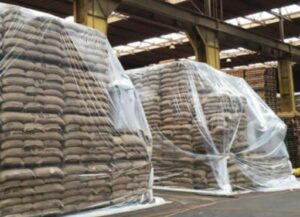
Evaluation
To ensure the effectiveness of the integrated pest management program that was implemented.
Documentation and recording
- Record all actions taken and keep them on file.
Phosphine poisoning
An untrained individual sprayed phosphine in a residential apartment, despite it being a banned substance and strictly prohibited. One person collapsed due to inhalation.
As a specialist in pest control and public health, what would your response be to this emergency situation and what necessary immediate action should be taken?
Solution
- Maintain fresh air and move the person outdoors.
- Immediately call an ambulance.
- If the person is not breathing, administer artificial respiration immediately.
- Monitor and support vital functions.
- There is no antidote available for phosphine poisoning, so early recognition and management of poisoning are essential.
- Properly ventilate the area for at least two days and confirm gas levels with a measuring device, ensuring the area is free of phosphine.
- There is no antidote for phosphine poisoning, but its effects can be treated. Most individuals recover from exposure.
- People experiencing severe symptoms may need to be hospitalized as soon as possible.
Summary of actions in cases of phosphine poisoning
- Take the affected individual outdoors.
- Remove the clothing worn during the application.
- Call an ambulance.
- Determine what the victim was exposed to and which parts of the body were affected before taking any action.
- Administer necessary first aid.
- If the patient is unconscious and stops breathing, perform artificial respiration immediately.
- If the heart stops, commence cardiopulmonary resuscitation.
- Swallowing is not an expected exposure route.
- Skin contact, Remove contaminated clothing and allow clothes to ventilate in a well-ventilated room.
- Before washing, Contact a poison control center or doctor for treatment advice.
- Do not administer direct mouth-to-mouth resuscitation if exposed to phosphine poisoning. Use a self-contained breathing mask.
Controlling grain and storage pests is similar to controlling pests in any location, and it is not an impossible task if scientific and professional methods are applied in the pest management and control strategy.
Messures to follow as public health pest control
As a specialist or public health pest control engineer, you should apply the Integrated Pest Management (IPM) program with professionalism and expertise to control grain pests, protecting people and the environment from pesticide risks and achieving the desired results of safe, comprehensive, and sustainable grain storage pest control.
It is the role of the client or facility owner to seek help from trained and certified specialists and technicians approved by relevant government bodies in the field of public health pest control.
Verify these licenses personally and follow the instructions related to the comprehensive program of prevention, maintenance, periodic cleaning for warehouses, safety instructions for grain pest control, and guidance and warning signs.
Seed treatment with pesticides
In addition to Fumigation for pest control, seed treatment with pesticides can also be used as an additional measure for pest control in warehouses and grains. Seeds can be treated with specific insecticides before planting or storage to ensure protection against potential insects and pests. This technique is considered an effective way to eliminate harmful pests that may be present in the seeds and could cause significant losses to the stock.
Seed treatment with pesticides is carried out by placing the seeds in a mixture of insecticides and necessary materials to ensure good coverage and the effectiveness of the process. This technique is a systemic pesticide that directly affects insects when they consume the treated seeds.
By systematically and effectively using seed treatment with pesticides, the need for traditional chemical spraying methods can be reduced, thereby minimizing the side effects of those methods. This enhances the effectiveness of pest control efforts and helps maintain the safety of the stock and stored food products.
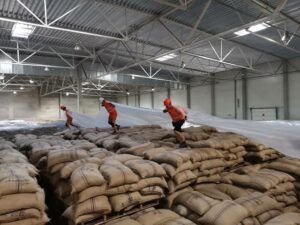
Which methods are effective for pest control?
In addition to chemical control and fumigation, which are effective methods for pest control in warehouses and grains, additional preventive measures can also be taken to limit the spread of insects and pests. Techniques such as ventilation and high cleanliness can be applied in storage sites, along with enhancing preventive measures by installing mechanical barriers to prevent insects from entering the storage facilities. Inspections and regular monitoring can also be used for early detection of any signs of pests.
Furthermore, attention should be directed towards training and raising awareness among workers about the importance of following occupational health and safety procedures during pest control. Expanding the scope of monitoring and regular surveillance is also necessary to ensure that infections do not return and pests do not re-enter storage sites.
Additionally, techniques such as isolation and quarantine can be used to maintain cleanliness in warehouses and prevent the transfer of pests between different sites. Following a schedule for regular inspection and maintenance, and implementing comprehensive integrated pest management methods, can contribute to increasing the effectiveness of pest control efforts.
Therefore, it is important to adopt a comprehensive and integrated strategy for prevention, monitoring, and intervention in pest control in warehouses and grain storage sites. These efforts should be coordinated and collaboratively carried out by all stakeholders to ensure the safety and quality of stored food products, as well as to preserve public health and the environment.

